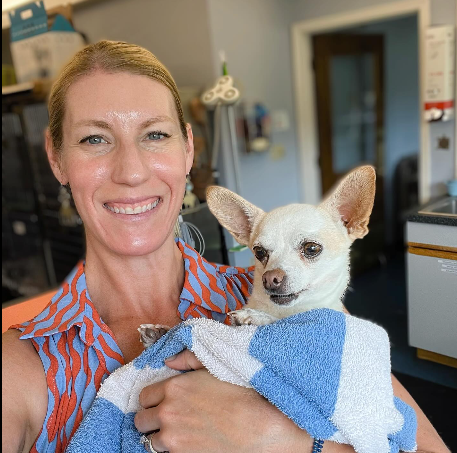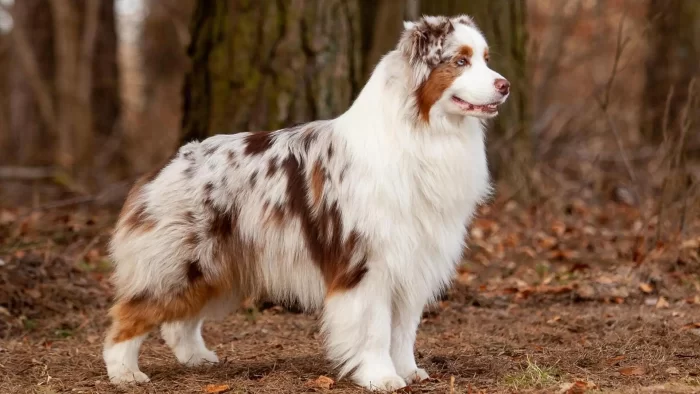Australian Shepherds are extremely intelligent, energetic, and athletic dogs that excel at canine sports like agility. With their natural herding instincts, stamina, and eagerness to please, Aussies can be trained to successfully navigate agility courses with tight turns, jumps, tunnels, weave poles, and more. By following some key training principles and techniques, you can bring out your Australian Shepherd’s full agility potential. In this article we talk about How to Train Your Australian Shepherd for Agility.
Table of Contents
Start With Obedience Training
Before you ever set foot on an agility course, your Australian Shepherd needs to have mastered basic obedience cues. An agility dog must be able to follow verbal commands and hand signals reliably, even when distracted by equipment and other dogs. Make sure your Aussie has a solid “sit,” “stay,” “come,” “down,” and “heel” before moving on to agility-specific training. You should also teach a reliable recall cue like “here” that brings your dog running back to you from a distance. Mastering these foundation skills builds the communication, focus, and control needed for agility training.
Introduce Agility Equipment Slowly
The sights, sounds, motions, and obstacles on an agility course can be overwhelming to a dog at first. Introduce your Australian Shepherd to each piece of equipment separately before combining several pieces into mini courses. Let them explore and become desensitized to items like tunnels, jumps, the dog walk, A-frame, seesaw, weave poles, and pause table through positive reinforcement and play. Resist the urge to force or scare your dog into trying equipment. Building confidence and trust ensures future agility success. Reward bravery and curiosity with high-value treats, toys, and praise.
Build Muscle Tone and Conditioning
Agility requires tremendous athleticism from both handler and dog. Before regularly tackling courses, your Australian Shepherd needs sufficient muscle tone and stamina to perform jumps, quick turns, and obstacles without risk of injury. Engage your dog’s natural herding instincts with activities like playing fetch, swimming, hiking on leash, or chasing toys to improve overall fitness. As you condition muscles and cardiovascular health, monitor for signs of soreness, fatigue, or lameness, which indicates a need to slow down. With an Aussie’s energetic nature, finding ways to exercise both body and brain is essential preparation for agility.
Perfect Each Obstacle Individually
Once your Australian Shepherd understands individual agility obstacles through exploration, systematically train perfect performance of each one. For example, when teaching the A-frame, guide your dog up and down the ramp at a slow pace many times while rewarding small steps. Gradually increase speed and distance as they demonstrate mastery. Practice weave poles by luring your dog in and out with a treat before asking for full weaving at speed. Shape confident hopping over single jumps of gradually increasing height. Mastering proper technique, directionals, and pace for each obstacle solidifies an agility foundation. Be creative finding ways to simulate equipment at home between classes too.
Link Skills with Sequences and Courses
After conquering individual challenges, it’s time to connect skills and test them on full agility courses. Start by linking just 2 or 3 obstacles together, like jump-tunnel-A-frame sequences. Reward your Australian Shepherd for performing the whole sequence correctly, then extend the patterns with more obstacles. Vary sequencing to keep your dog’s mind engaged so they don’t just follow memorized patterns. Gradually incorporate courses with 10 or more obstacles in long sequences over time. Mimic competition environments in practice by using course maps, working off-leash, utilizing a start line stay, or running courses against the clock. Celebrate when your Aussie strings skills together smoothly!
Train Handling Maneuvers
An agility dog must be able to take direction from their handler at a distance to navigate courses rapidly. This requires training front and rear crosses, lateral distance work, sends to obstacles, collection upon landing from jumps, and more. Break handling skills into small steps to teach. For example, send your dog towards a tunnel then use body position and an arm signal to influence a turn towards the next obstacle. Reward responsive direction-taking and attention frequently as you shape reliable remote handling ability. Clear communication, trust, and teamwork between you and your Australian Shepherd makes coursework flow.
Compete for Fun and Motivation
If you and your Australian Shepherd enjoy the challenge of agility, consider getting involved with competitions when ready. Novice level trials offer a positive atmosphere for gaining ring experience without too much pressure. Bring lots of rewards and focus on having fun together. Success in early competitions fuels additional motivation through tangible results of training. Even if you have no interest in formal competition, creating mock trials with homemade courses will help prepare your Aussie for any agility setting. Celebrate your team’s hard work!
Conclusion
Australian Shepherds thrive when given an outlet like agility to challenge their bodies and brains. By following positive, structured training methods at your dog’s pace, you can nurture the athletic potential of your Aussie. Patience through foundational skill building allows them to handle rigorous agility demands down the road. From mastering equipment to linking sequences, continue emphasizing the human-canine bond along the way. Stay attuned to your dog’s needs and limits too. With their legendary work ethic and versatility, Australian Shepherds who train in agility tend to flourish for years to come. The journey of training and teamwork can strengthen the relationship with your enthusiastic, energetic Aussie like nothing else. I sincerely hope you find this “How to Train Your Australian Shepherd for Agility” article helpful.

Dr. Allison Kramer is a seasoned veterinarian with a Master’s degree in Animal Behavior and over 10 years of experience specializing in canine health and behavior. Her expertise in positive reinforcement training and holistic care enhances the well-being of dogs and fosters strong pet-owner relationships. For expert advice and valuable insights, follow Dr. Kramer on Instagram @dr.allisonkramer.





